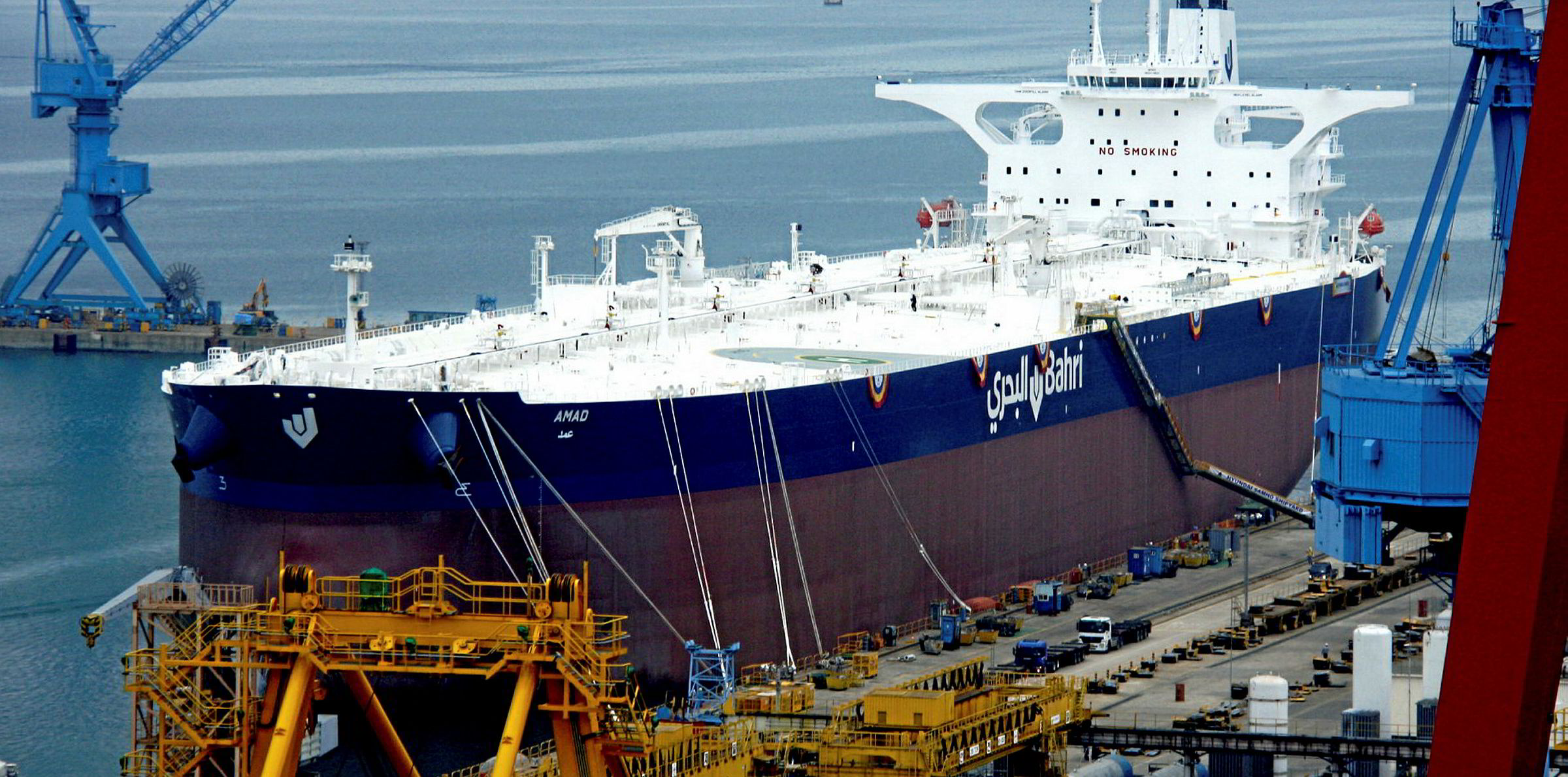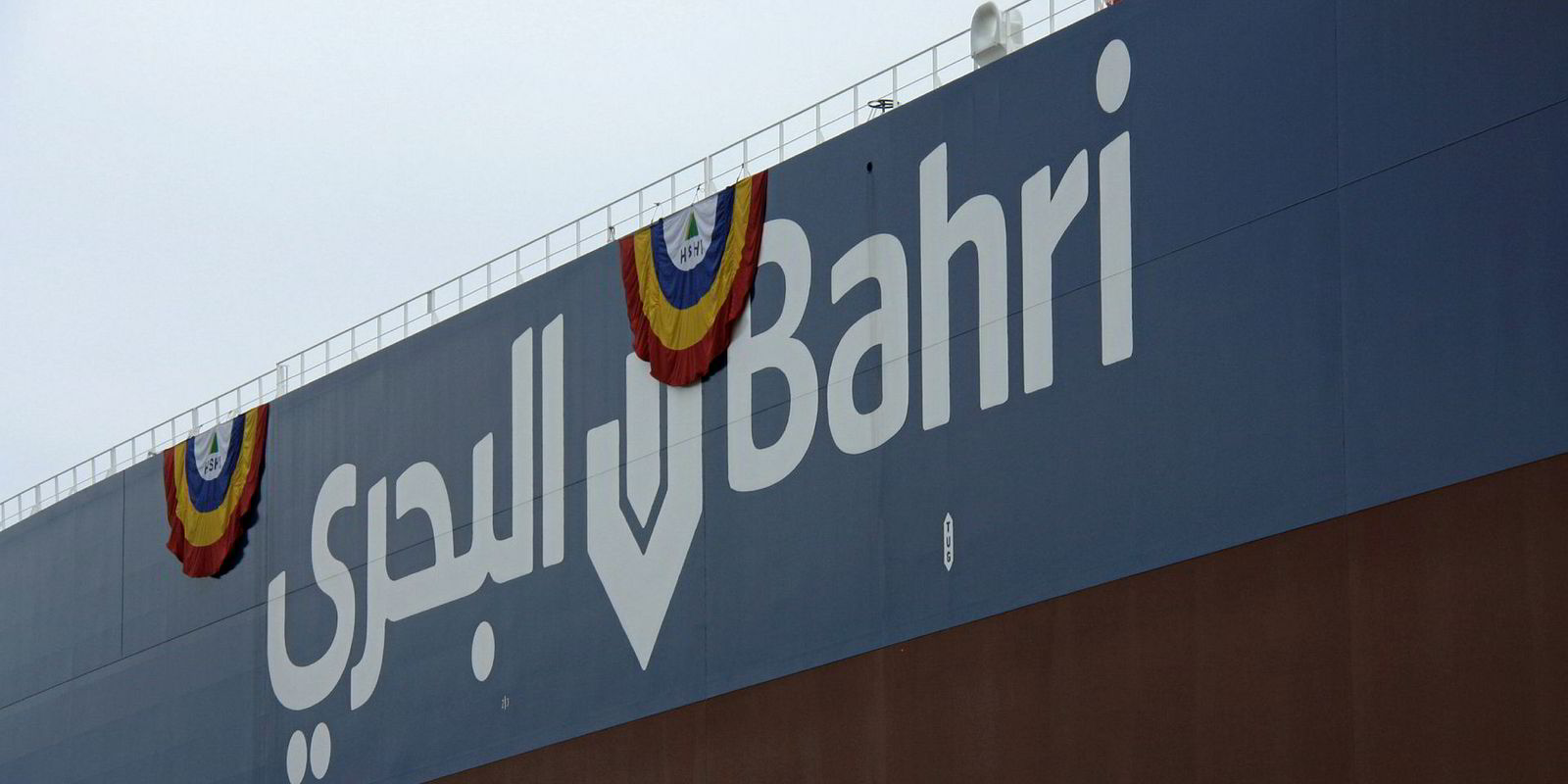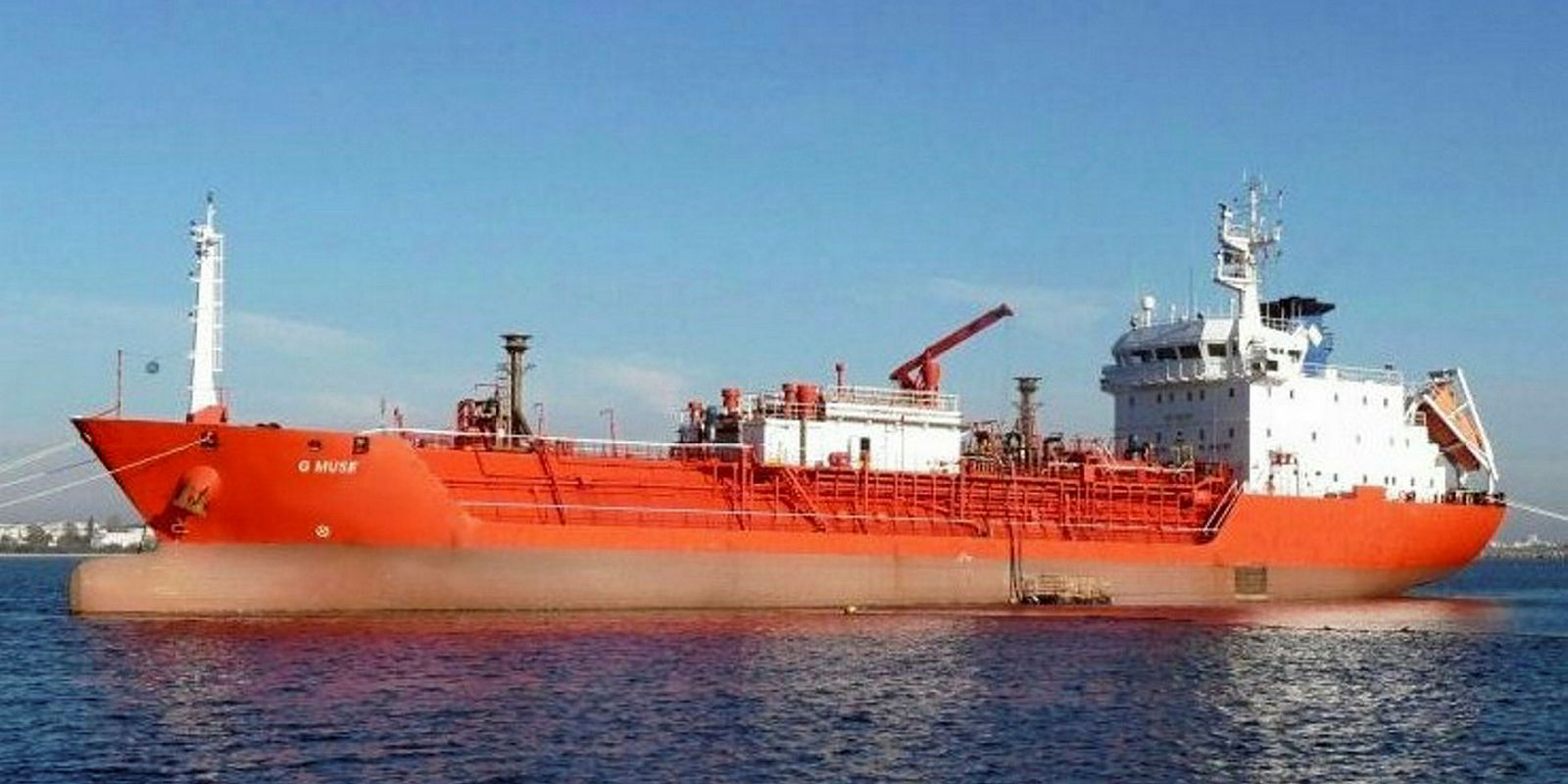Last week’s rocket attack on a Bahri tanker in the Bab el-Mandeb Strait is a clear message that the war in Yemen has made the entrance to the Red Sea a dangerous place for shipping.
It is also a reminder that escalating tensions between the US and Iran could make the Strait of Hormuz an even more threatening hot spot.
Last Wednesday, Houthi rebels attacked a Bahri-owned VLCC that was carrying two million barrels of crude oil from Ras Tanura in eastern Saudi Arabia to Egypt.
Security sources suggest that a large unguided rocket fired from a fast attack craft struck the tanker's stern above the waterline, causing what Saudi authorities and Bahri described as minor damage.
Suspended shipments
Saudi Arabia has since suspended its movement of oil tankers through the Bab el-Mandeb Strait. Other Arab oil-producing countries are considering taking the same measures.
It was not an unprecedented attack.
Last November, the Houthi propaganda channel Al Masirah declared that “the battleships and oil tankers of the aggressors and their movements will not be safe from the fire of Yemeni naval forces”.
Commercial ships have been attacked by the Iranian-backed Houthi rebels both before and since the warning was issued. Their ability to strike will continue for as long as they control any part of Yemen’s Red Sea coastline.
In June, the internationally recognised Yemeni government and its Gulf coalition allies, including Saudi Arabia, regained control over 100 kilometres of Yemeni coastline, but 200 kilometres remains in rebel hands.
The Bab el-Mandeb Strait is a major shipping lane for tankers and gas carriers heading from the Middle East to Europe and the US via the Suez Canal. Official figures indicate that 3.89 million barrels per day (bpd) of refined and crude oil of Middle Eastern origin was shipped through the channel last year, along with the majority of LNG shipped from Qatar to Europe and the UK.
Saudi Arabia could bypass the strait by routing oil exports via its Petroline pipeline to Red Sea export terminals at Yanbu on its western coast. The pipeline has a capacity of five million bpd, which the Saudis plan to increase to seven million bpd by the end of the year.
Rerouted
The rest of the diverted Middle East oil exports could be rerouted via the Cape of Good Hope, which would benefit the struggling tanker sector by significantly increasing tonne miles and absorbing a lot of excess tanker capacity.
Diverting via the Cape of Good Hope was routinely practised in 2015/2016, when oil prices were at their lowest and traders and exporters were seeking to avoid high Suez Canal tolls.
Tanker brokers tell TradeWinds the biggest impact will be on VLCC rates. Even though VLCCs rarely use the Suez Canal, brokers believe that for the long-haul route via the cape there will be a stronger preference for larger tankers over the smaller suezmaxes and aframaxes that carry the bulk of oil shipments passing through the canal.
The same scenario probably applies to gas carrier trades, although the Qataris are likely to have enough shipping capacity to afford an extra week’s voyage to the UK.





